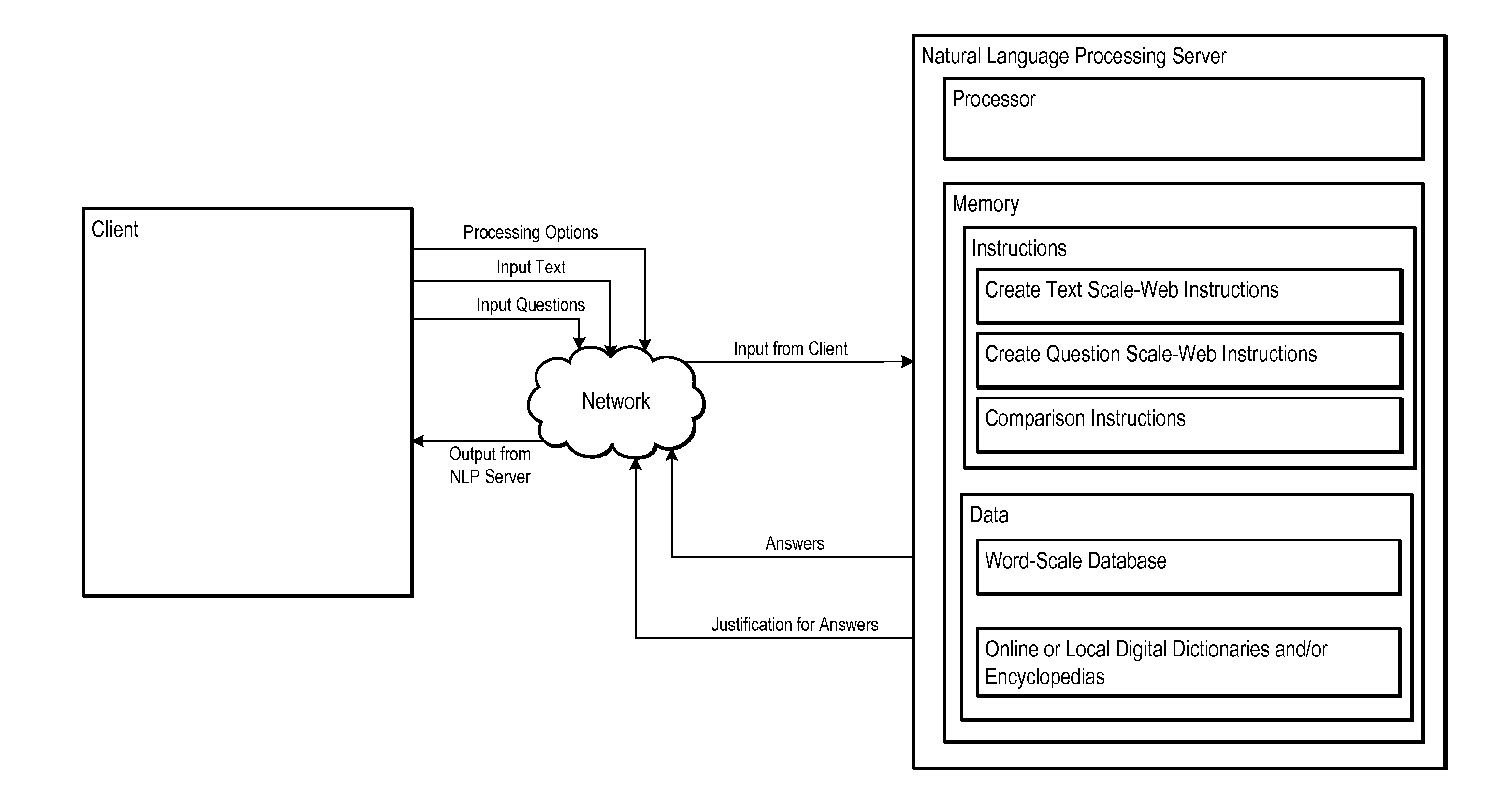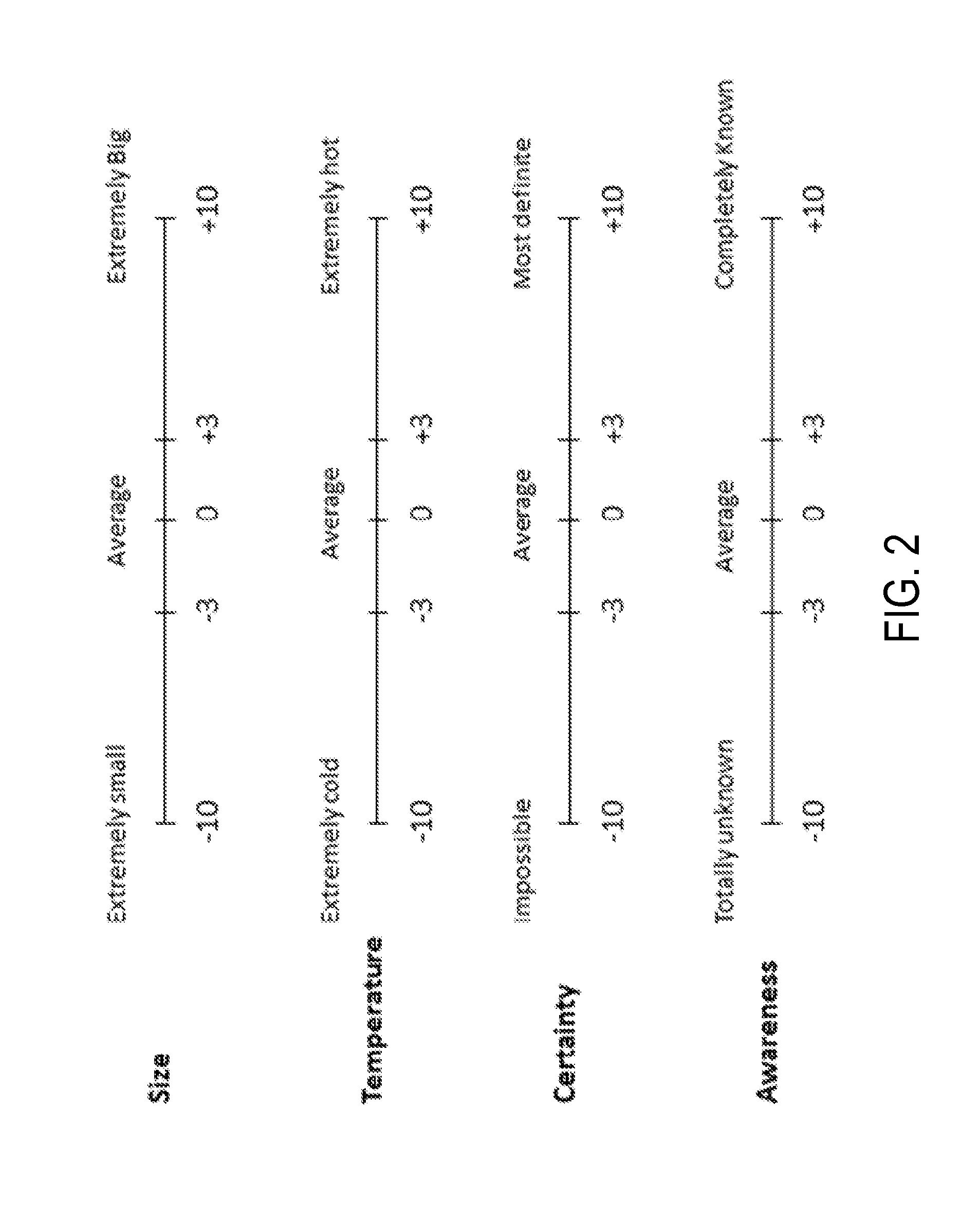Systems and methods for natural language processing
a natural language processing and language technology, applied in the field of natural language processing, can solve the problems of human processing, difficult for current computers to understand and use, and good progress work,
- Summary
- Abstract
- Description
- Claims
- Application Information
AI Technical Summary
Benefits of technology
Problems solved by technology
Method used
Image
Examples
Embodiment Construction
[0074]The aspects, features and advantages of the present invention will be appreciated when considered with reference to the following description of preferred embodiments and accompanying figures. The following description does not limit the present invention. Rather, the scope is defined by the appended claims and equivalents.
[0075]While certain processes in accordance with example embodiments are shown in the figures as occurring in a linear fashion, this is not a requirement unless expressly stated herein. Different processes may be performed in a different order or concurrently.
[0076]Referring to FIG. 1, there is shown an exemplary schematic view of a system for natural language processing according to various aspects of the present invention.
[0077]In some applications, the present invention described herein may be provided as elements of an integrated software system, in which the features may be provided as separate elements of a computer program. Some embodiments may be imp...
PUM
 Login to View More
Login to View More Abstract
Description
Claims
Application Information
 Login to View More
Login to View More - R&D
- Intellectual Property
- Life Sciences
- Materials
- Tech Scout
- Unparalleled Data Quality
- Higher Quality Content
- 60% Fewer Hallucinations
Browse by: Latest US Patents, China's latest patents, Technical Efficacy Thesaurus, Application Domain, Technology Topic, Popular Technical Reports.
© 2025 PatSnap. All rights reserved.Legal|Privacy policy|Modern Slavery Act Transparency Statement|Sitemap|About US| Contact US: help@patsnap.com



